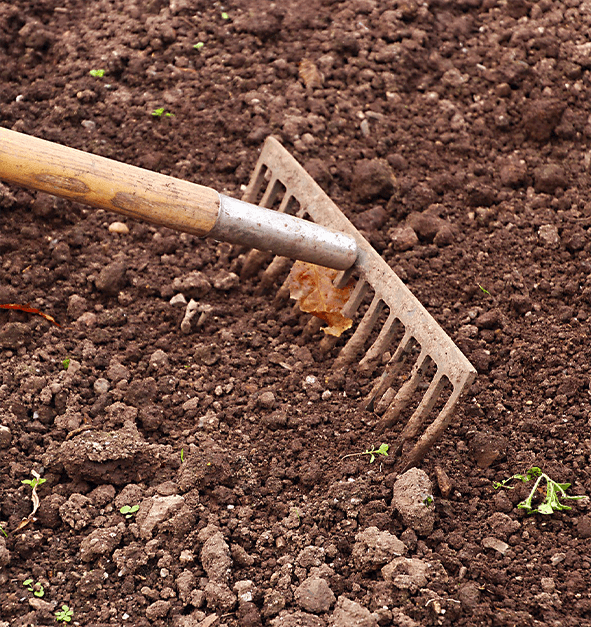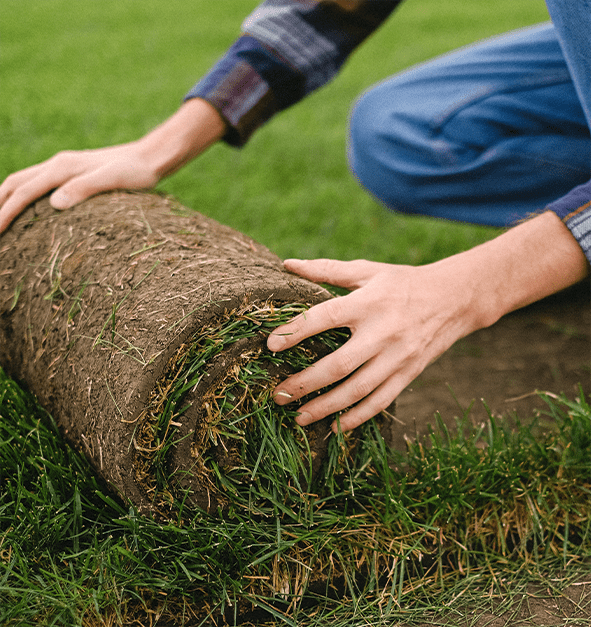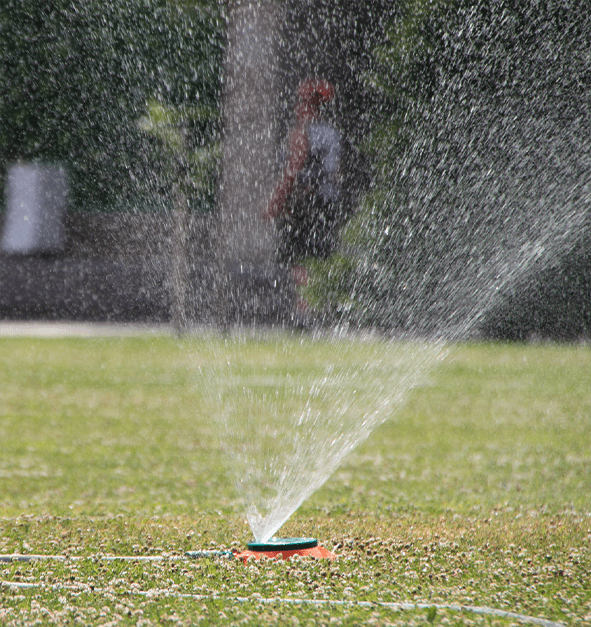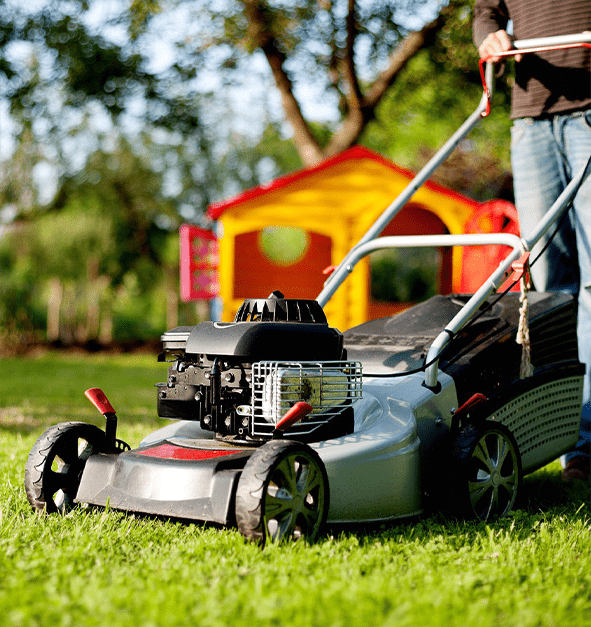What’s the best way to maintain your new sod? The turfgrass sod experts at Riverside Turf often rely on the research generated by Virginia Tech to help us advance the proper use of turfgrass in our region. For these tips and guidelines, we went to the turfgrass research experts at Virginia Cooperative Extension to get the answers.
Sod Installation Guidelines
Excerpted from Virginia Cooperative Extension

Soil Preparation
Some level of soil preparation is necessary to maximize turf establishment. It’s wise to conduct a soil test with which to make any adjustments in soil fertility or pH prior to planting. Consult your local county extension office for instructions and sampling boxes needed to collect and submit your sample. Phosphorus is the nutrient typically deemed most critical for plant establishment, and it is commonly emphasized in “starter” fertilizers (i.e., fertilizer grades such as 5-15-10). However, there is little to gain by applying more phosphorus if the nutrient is not limiting in the soil. Excessive soil phosphorus may contribute to surface water quality impairment when it is not managed appropriately, so be sure to apply phosphorus only when recommended by a soil test. Ideally, incorporate no more than 1 pound of nitrogen per 1000 sq ft into the soil. Incorporate all fertilizer and lime into the prepared soil prior to planting. You do not want to layer new topsoil onto compacted soil, rather till both layers together to promote deep root growth.

Planting Tips
What are some tips to properly install sod? First, begin sod installation along the longest, straightest line available (e.g., a sidewalk or driveway) and stagger the seams. Butt seams together, but be sure not to stretch or tear the sod excessively when fitting together. The final step should be to roll the sod to ensure sod to soil contact and minimize desiccation.
An additional planting method used mostly in some bermudagrass lawn establishments is sprigging, the process of planting the stems from shredded sod into the ground. This method requires much more attention to initial watering during establishment and there is a high likelihood of turf desiccation. Therefore, while it is an important means of establishing golf and sports turf, it is not a common lawn establishment method for warm-season grasses.

Irrigation
Sod establishments will accept more initial watering on a less frequent basis. Again, do not saturate the rootzone because this discourages rooting. Keep newly installed sod moist, and reduce irrigation amounts as rooting proceeds.

Mowing
Keep it simple and mow the grass when appropriate in order to keep the “one-third leaf rule” in effect (i.e., never remove more than 1/3 of the leaf blade at any mowing event). Use the recommended mowing heights detailed in our other VCE publications and remember that it is absolutely essential to mow with a sharp blade during the first few cuttings in order to reduce damage. Another important tip is to ensure the soil is sufficiently dry for mowing so that you do not rut your new lawn with wheel tracks or footprints. Finally, understand that frequent mowing of warm-season grasses in their first season of development is critical in maximizing turf density.
Download Maintenance Guides:





